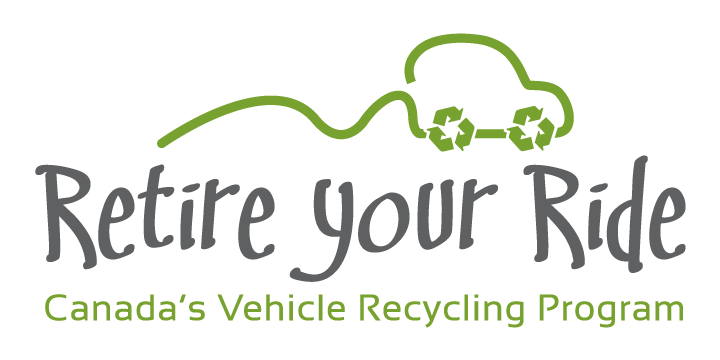Recently we discussed three great reasons to use Retire Your Ride. In that blog, we highlighted the competitive, stress-free bidding process that gets you the…
You may have heard that cars are the most recycled consumer product on Earth. It’s true, but that doesn’t always mean that each and every…
The price paid for vehicles through the Retire Your Ride program has risen significantly since this time last year. The average price paid out in…
Ford is an iconic brand with deep roots in Canada. In fact, Ford Motor Company of Canada was founded in August 1904, barely more than…
As we start to emerge from COVID-19 lockdowns in both Canada and the U.S., thoughts are turning to how we effectively reopen our economies and…


